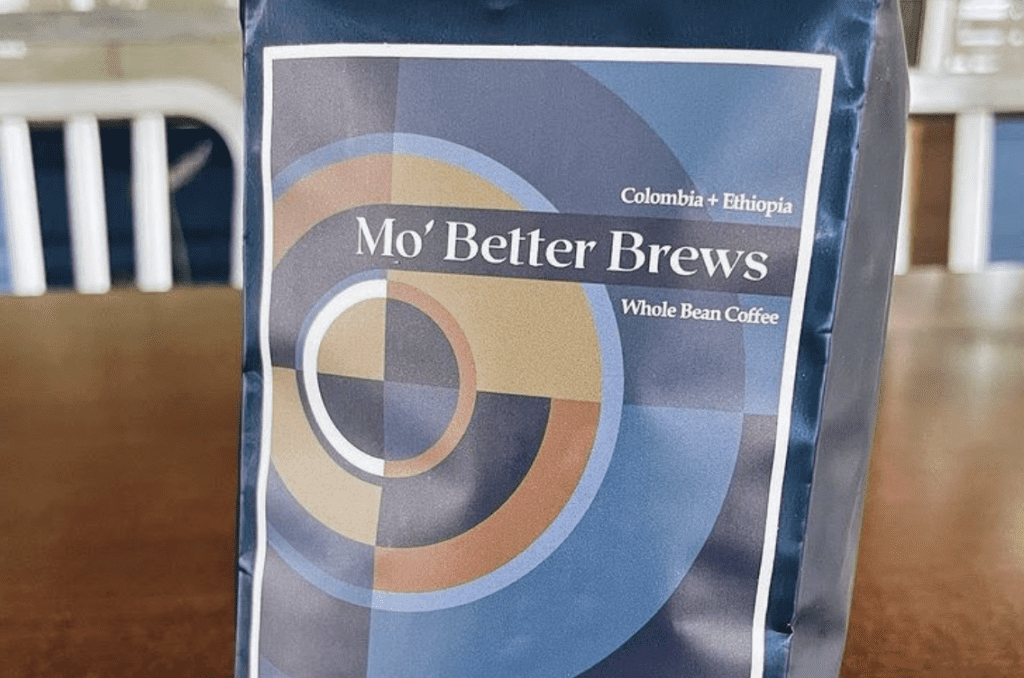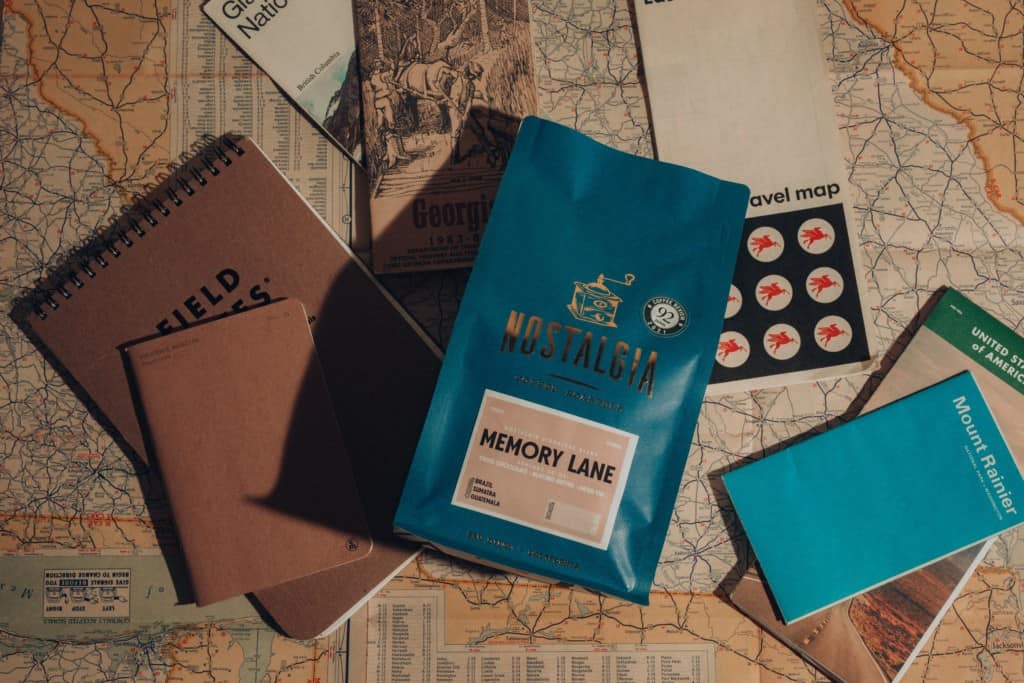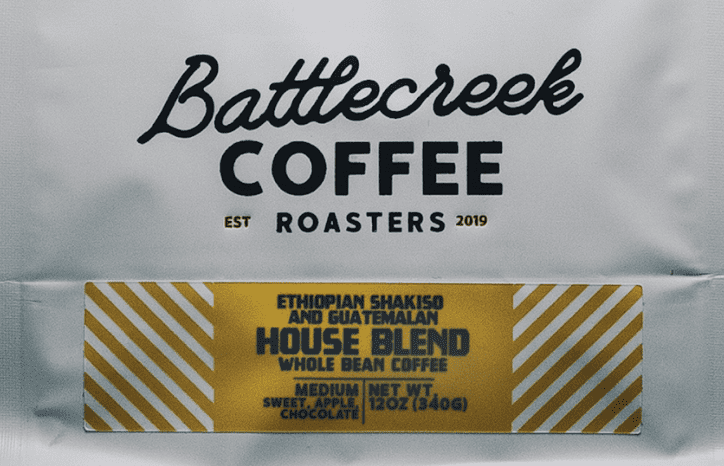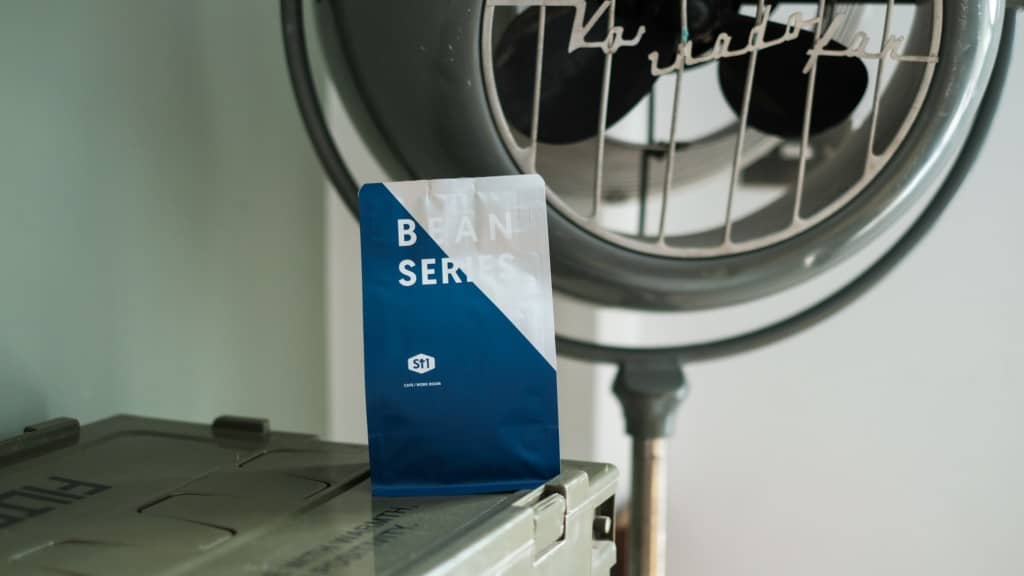What Is Different, And What Has Stayed the Same?
The fact that we no longer get the phone to buy coffee by mail regardless of, one major alter remains in the large number of coffees available to consumers. Ken evaluated 12 coffees for this report in 1997, and they were all from big roasters like Starbucks, Peet’s, Green Mountain and Gevalia (with the exception of Mendocino, California’s Thanksgiving Coffee, which was smallish, at the time). In 2022, there are countless roasters in cities across the U.S., small and large, almost all of which have at least one home mix. Add to that our reviews of coffees from worldwide roasters, particularly Taiwan, and the variety of possibilities is staggering.
What remains the same is our process to blind cupping. We still cup coffees without knowledge their identities, and we still use our five-category 100-point scale to assess both innovative/experimental and traditional coffee kinds.
Home Blends as Creative License
In 2022, the story of coffee and its complicated supply chain is front and center, as it needs to be for those people who love it, and blends often receive as much consideration as unique single-origin coffees. They give roasters a possibility to craft brand-new stories based not only around origins and processing approaches but likewise around roasters’ own stories of time and location. In the extremely best examples, mixing has actually become a downright Proustian affair.
The “home mix” has really historically connoted consistency, familiarity and worth. But times are changing, and we now see other approaches, too, consisting of the “omni” or “all-purpose” mix that works also in espresso and cold-brew format as it does in batch-brew and pourover, and unique seasonal blends that change with each new crop and are not designed to stay constant with time. And even more traditional blends are primarily presented with greater detail: why these green coffee components, why these processing techniques, how these coffees play well together– and perhaps more considerably, what ideas and feelings a particular blend is designed to evoke, often expressed in conceptual names. (It appears that the old “breakfast mix” isn’t as attracting as it when was.)
In the 1997 House Blends report, the 12 coffees analyzed scored between 68 and 90. Literally one sample exposed the origins of the coffees inside the bag, and the disclosure was extremely basic: “Indonesia, Central and South America.” These blends were the majority of drastically differentiated by roast degree, which ranged from rather light to in truth dark.
But of the nearly 80 samples we cupped for this report, about 90% are “special” in some procedure, even if developed to be familiar and budget friendly. All reveal the blend elements, either on the bag or on the roaster’s site, or both. The 10 blends we evaluate here scored between 92 and 94 and represent a range of sensory possibility, from the classic to the novel.
Timeless, Familiar Blends
Though the majority of of the coffees we see originating from Taiwan roasters are light-roasted microlots, Kakalove Café is going for a darker-roasted tribute to Mayan culture with its Obsidian Mirror Blend (93 ), which owner Caesar Tu states is named for the stone that was important to Mayans for both useful and ritual purposes, while likewise implying that one need to beverage this coffee black. A blend of El Salvador, Guatemala and Honduras coffees, it is abundant and deep, with chocolate notes recommending fudge, and a whisper of comfortingly familiar roastiness.
Charlotte Coffee Company’s 704 Blend (93 ), named for the North Carolina city’s area code, is a mix of 2 pedigreed washed coffees, Tsekaka Papua New Guinea and Guatemala Finca San Gerardo, which result in a super-sweet, caramelly cup with flower foundations and a rich nuttiness.

Bag of Mo ‘Better Brews’Bleek & Indigo Blend. Courtesy of Mo ‘Better Brews. Houston’s Three Keys Coffee basically launched the Mo’Better Brews Bleek & Indigo Blend (92), created for a local vegan breakfast, coffee and vinyl shop. Consisted of a cleaned Colombia and a natural-processed Ethiopia, it ‘s both deeply chocolaty and tartly fruit-toned. Co-owner Kenzel Fallen states the name is a nod to Spike Lee’s 1990 movie Mo’Better Blues about a jazz trumpeter, an association that resonates well with both the shop and its vinyl theme and Three Keys’ own music referencing, which appears in all of the brand’s coffees.
Adam Monaghan, Succulent Coffee Roasters’ co-founder, says its New Wave Blend (93) is developed not very to be drunk on a each day basis, however all the time. Created as a batch brew to fuel both work and play, it’s a fruit-forward counterpoint to washed Central America-heavy blends, more of a new-classic approach, if you will. A washed Colombia (imported by Royal) offers the chocolaty base, while a natural Ethiopia (imported by Catalyst) provides it foreground and lift.
Omni Blends
A trend we saw many prominently in this report cupping is the development of the “omni” or “all-purpose” mix. Possibly the pandemic has simply made us all want to streamline our lives, or maybe the trend toward lighter-roasted espresso is finally intersecting with the pattern toward somewhat darker drip choices, landing in a medium-roast wheelhouse that works quite well across a range of formats.

Bag of Memory Lane Blend by Nostalgia Coffee Roasters, revealed with a 92-point Coffee Review medallion from 2021. Courtesy of Nostalgia Coffee Roasters. San Diego-based Nostalgia Coffee’s Memory Lane Blend(93)may have fallen into the timeless category if not for its large range of applications. Fond memories creator Taylor Fields, who released the brand name as a mobile store as the pandemic began to take hold, states she necessary her very first coffee release to do a ideal deal: “We wanted a real home blend that would do it all and, more notably, be a deck pounder and delighted in by all kinds of coffee drinkers from newbies to lovers.” A Brazil natural contributes body, a Guatemala, nutty sweet taste, and a Sumatra, earthy depth.

Label of Battlecreek Coffee Roasters ‘House Blend. Courtesy of Battlecreek Coffee Roasters. Battlecreek Coffee’s House Blend(92)carries an uncomplicated name to suggest that it’s a staple, but basically above that name, the two thoroughly selected single-origin coffees that comprise it are listed: a natural Ethiopia Shakiso and a cleaned Guatemala Huehuetenango, both of which Battlecreek offers as standalone coffees. Director of Coffee Josh de Jong says this coffee was developed for a partner cafe that serves espresso drinks, cold brew in summertime, pourovers, and batch brew, so they required something active and crowd-pleasing. Gently intense, spice-toned and citrusy, this mix is both versatile and available.
Valkyrie (92)– yes, of Norse folklore– is Small Eyes Café’s day to day coffee, designed to be friendly and low-cost. Honduras, Brazil and Ethiopia coffees combine for a cocoa-toned, floral cup. It’s unclear how the name converges with the coffee, but it sure is catchy for those generally in pursuit of caffeine. Owner/roaster Tom Chuang says he developed it for use as espresso coffee, nevertheless it works well as a drip coffee, too.
Innovative Originals
And then we have coffees that decline to be tamed by convention. First among them is Old Soul’s Whiskey Dreams ( 94 ), named not for its barrel-aging (no, it’s not one of those) nevertheless for how the sweet ferment of the Ethiopia natural-processed component stimulates bourbon. The other element, co-owner Jason Griest discusses, is a Sumatra Adsenia Triple Pick imported by Royal Coffee, which, integrated with the fruity Ethiopia Dur Feres G3 from Catalyst Trade, leads to a fourth-wave mocha java (here spelled “moka java), the timeless mix formula that typically integrates a wet-hulled Indonesia coffee with a natural-processed Yemen. In addition to calling out his longtime importer-partners, Griest acknowledges his previous roaster, Ryan Harden, and his current roaster, Brad Terry, for teaming up with him on the blend. He explains that “Components matter, importers and exporters issue, and roasters question,” seconding the focus on traceability extensively welcomed in specialized coffee today.

Black Degree Blend by St1 Cafe/Work Room in Tainan City, Taiwan. Thanks To St1 Cafe.
New Tainan City, Taiwan roaster St1 Cafe, which operates a coffeehouse and work area, gives the Black Degree Blend (94) comprised of coffees from Kenya and Colombia. Sweetly tasty and deep-toned, it exhibits notes of cocoa nib, ripe tomato, lemon verbena, star jasmine, and cedar. Roaster Carrie Chang says the concept began with a two-Kenya blend utilized in a canned espresso martini, modified here to include a washed Colombia to tone down the Kenyas and contribute traditional chocolate notes.
Another roaster that is flipping the script is Taiwan-based Fumi Coffee, whose First Enjoy Blend (92) is what we at Coffee Review call a caveat coffee, implying that not everyone will like it, nevertheless if you do, you actually do. The the majority of speculative coffee amongst the 10 we evaluate here, it integrates an Ethiopia natural-processed Uraga and a double-washed Kenya with a Colombia fermented in a specially prepared culture of yeasts, sugars and passionfruit. The outcome is an umami-fruit bomb. Roaster/owner Yu Chih Hao says he was choosing a coffee not easily forgotten, and this intense cup fits that costs.
No issue how you brew, or what design of coffee you choose, it’s due time to reconsider blends. The consideration and imagination entering into home blends these days– in sourcing, integrating, roasting, brewing, and naming– is lively, serious, historically pertinent, accurate, evocative– and, naturally, scrumptious.
We hope you enjoy this full-circle trail from Coffee Review’s initially report, released 25 years earlier, to this account of the varied, interesting home mixes available today.
This post was inspired by the post at Coffee Review, a website specializing in coffee reviews, espresso ratings, informative articles, and coffee blogs written by coffee experts.

You must be logged in to post a comment.